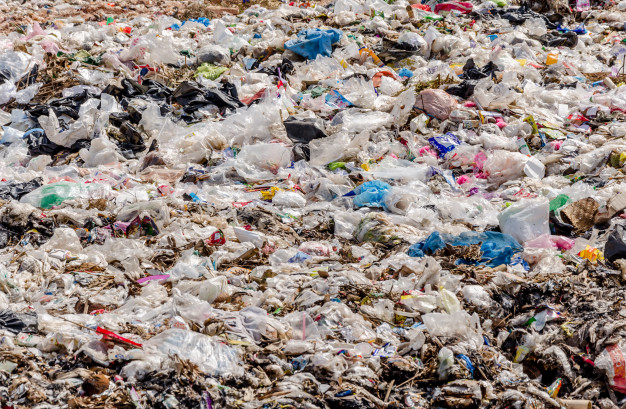This deadly pandemic has equally affected all walks of life and is continuing to do so. From industrial production to educational institutes, everything has had its fair share of Covid-19’s curse. In this post, we will talk about the environmental impacts of the coronavirus. How is it impacting the climate, and is it good for earth’s future or not; go through this post and find your answers.
Reduced carbon emission
Covid-19 has resulted in halted economic activities and reduced human movement across the world. According to a Carbon brief, China’s carbon emission decreased by 25% when it had undergone a complete lockdown. When we talk about the global scale, the overall carbon emission will fall by 5.5% during 2020. Though this might not sound like an impressive number, it’s excellent given the ever-increasing annual stats.
Fluctuating solid waste
Although arguments exist that with lesser cars on the roads and shuttered industries, there has been a decrease in the pollutants. However, is this a valid statement? We’re afraid not. According to CNBC, there has been a 40% increase in domestic waste during this lockdown phase. Moreover, sanitary workers’ exposure to medical waste and an uncontrollable rise of plastic packaging is another challenge for the municipal authorities.
The increase in online shopping has led to a massive rise in disposable packaging, which is also stressing the robust waste management departments. Due to the closure of recycling plants, heaps of solid waste has accumulated. The lack of actionable strategies in the solid waste sector is crucial for the health of planet earth than ever before. If there are no appropriate steps, this accumulated waste will equalize a few betterments we’ve seen during the corona lockdown.
Food insecurity
Stunted agriculture practices and the huge load on the food supply chain are the worst sides of this Covid-19. In a world where 820 million people were already facing food insecurity, this pandemic is expected to push around 49 million people towards extreme poverty. This horrific figure was revealed in a report by Reliefweb, which includes data from across the world.

Unavailability of pesticides and fertilizers is also a huge challenge that might hit the crop-producing countries in the coming months. The un-shippable fishery and agriculture products will most likely go to waste, eventually causing food scarcity in the importing countries. All these facts about food insecurity show the lack of planning and precautions to cope with unforeseen events.
Although the sky can be seen more apparent in a few metro cities across the globe, it’s not a lasting thing. As soon as the economies revive, there will be a massive surge in activities, eventually impacting the global environment.
















